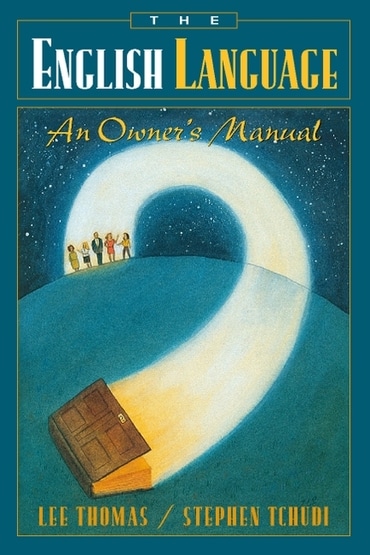Switch content of the page by the Role togglethe content would be changed according to the role

English Language, The: An Owner's Manual, 1st edition
Published by Pearson (September 22, 1998) © 1999
- Lee Thomas
- Stephen Tchudi
Paperback
$117.32
Price Reduced From: $146.65
ISBN-13: 9780205274598
English Language, The: An Owner's Manual
Published 1998
Need help? Get in touch